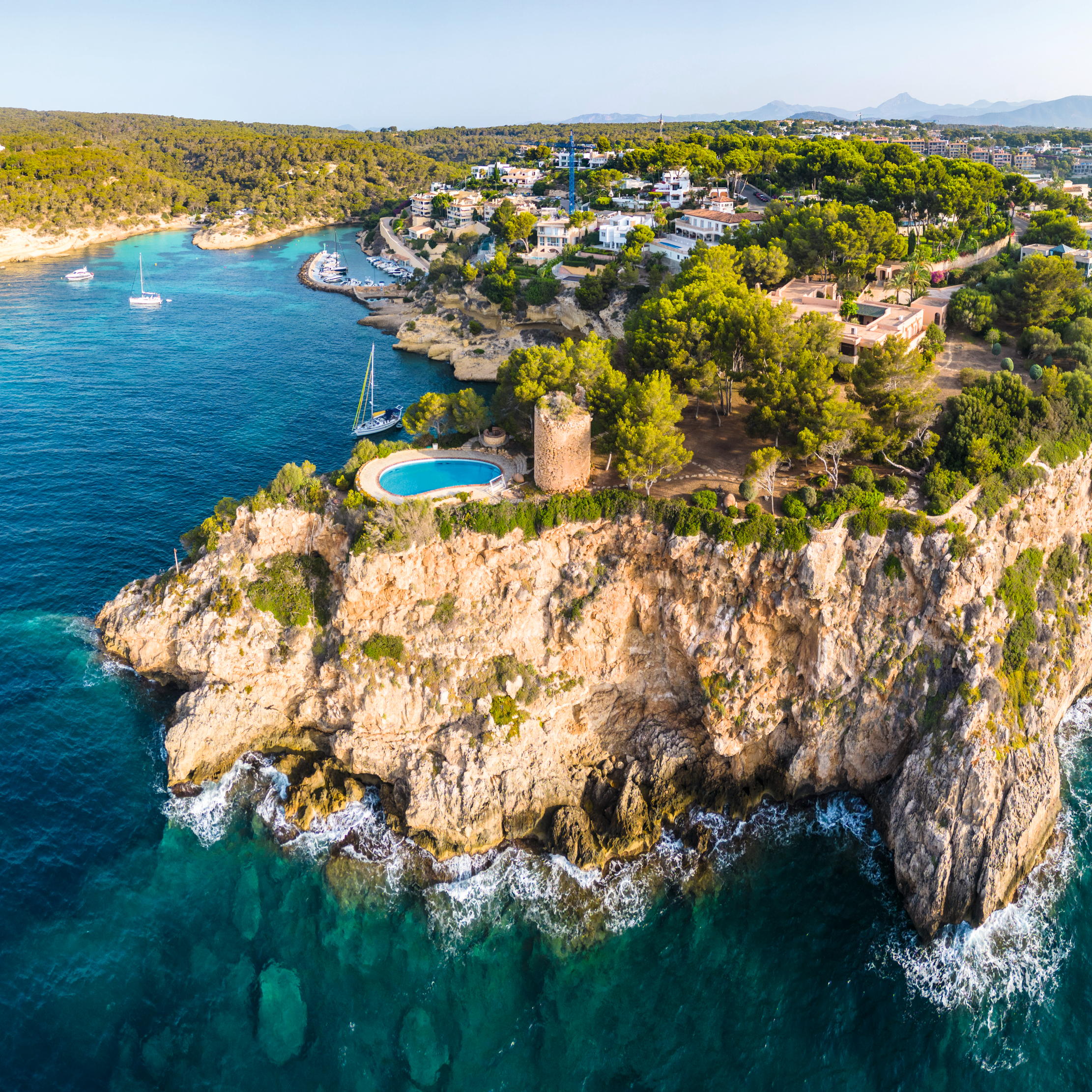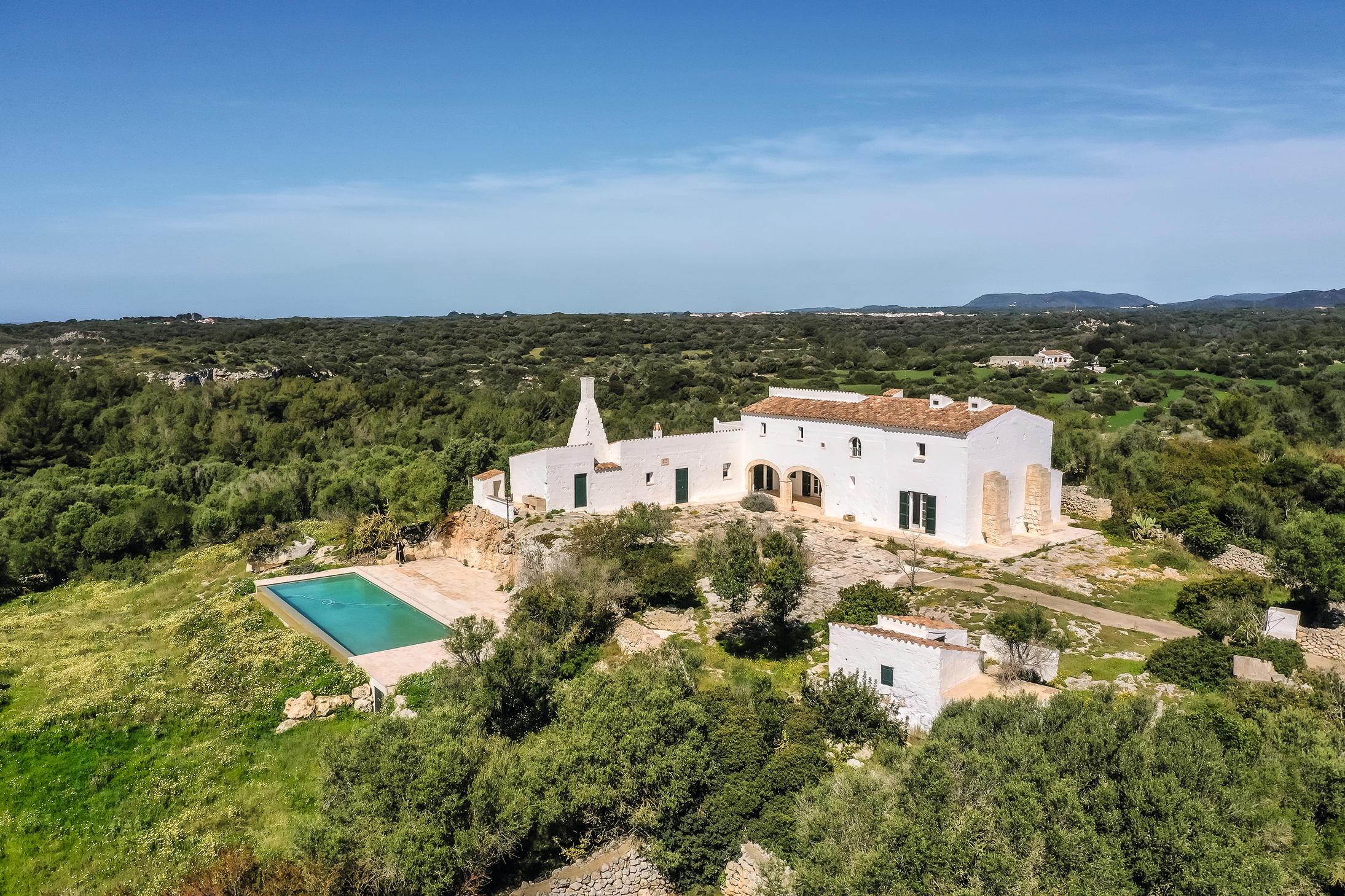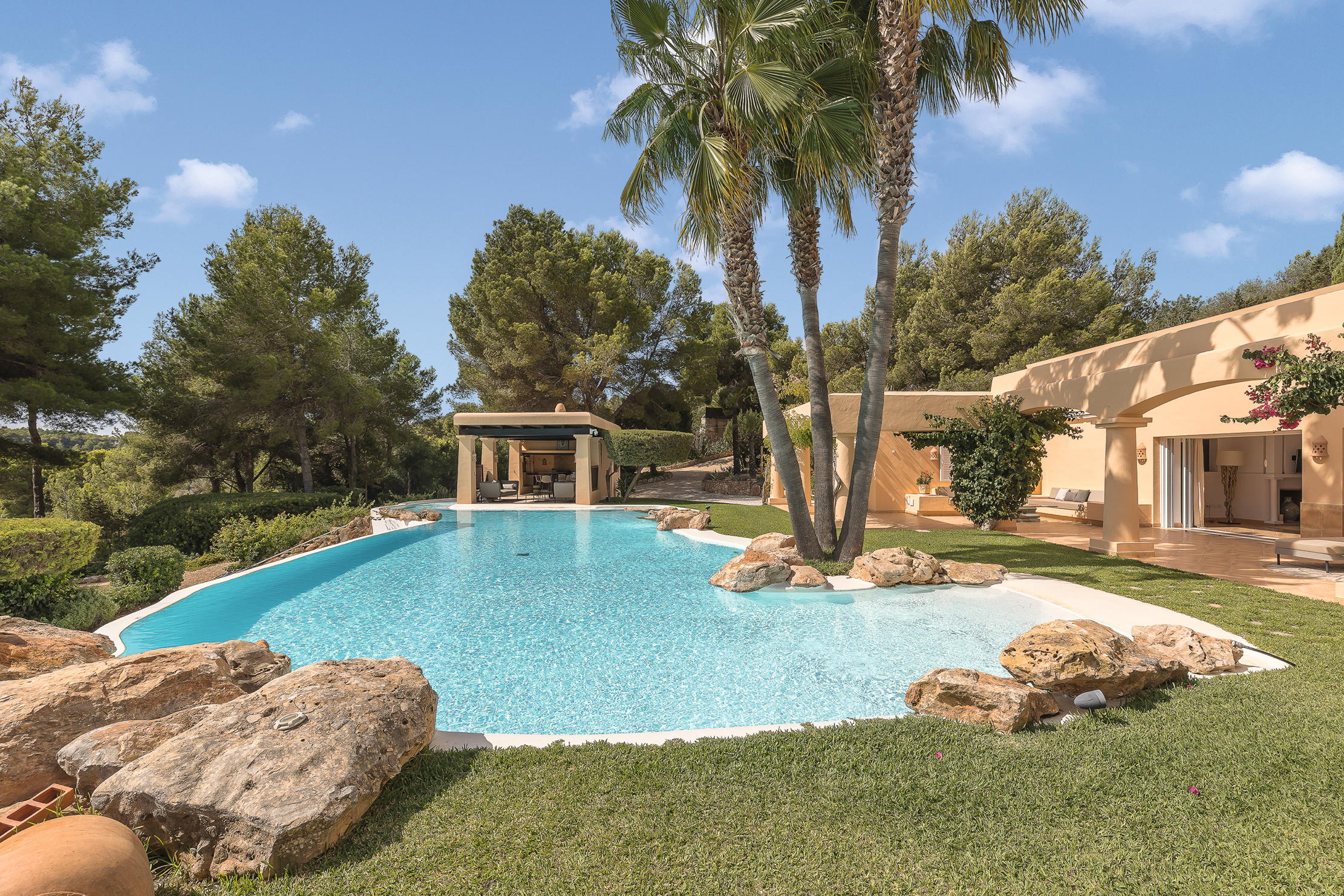The mesmerising Mediterranean playground that's entranced visitors for 3,000 years, from the Phoenecians to David Bowie
The sanctuary of the Balearic Islands has enchanted a multitude of creative minds, from Robert Graves to David Bowie, finds Holly Kirkwood.


Trade and conflict shaped the Balearics. From the 8th century BC, a succession of superpowers, from the Phoenecians and the Carthaginians to the Umayyad caliphate of Córdoba, brought to the islands their skills, tools and crops. All this built over the relics of a sophisticated prehistoric culture, the Talaiotic people, who raised countless monuments that can still be found throughout Mallorca and Menorca.
Today, visitors can walk through these layers of history and see everything from Coptic monuments to Phoenician settlements and Moorish bathhouses. This outstanding preservation of both the landscape and built heritage has not gone unnoticed: all four islands boast UNESCO World Heritage listings and, this year, Ibiza is celebrating 25 years as a World Heritage Site.
The Balearics are also blessed with exceptional natural beauty: Mallorca’s UNESCO-listed Serra de Tramuntana is one of the most romantic landscapes found anywhere in Europe and Menorca and Ibiza have enough turquoise coves, white-sand beaches, pine forests, mountains, cliffs and caves to reward a lifetime of exploration. This heady combination put the Balearics firmly on the map for the Grand Tourist of the past.

Chopin lived and worked on Mallorca in 1838–39 with his lover, George Sand, then, in 1872, Archduke Luis Salvador visited and found the Serra de Tramuntana so captivating that he bought and restored the Miramar estate in Valldemossa, spearheading an early form of conservation by opening paths and lookout points to the public.
For many, the epicentre of the creative community on Mallorca has always been Deià, where Robert Graves found solace in 1929 after his harrowing time at the Battle of the Somme. There he wrote: ‘I found everything I wanted as a writer: sun, sea, mountains, spring water, shady trees, no politics and a few civilised luxuries.’ Musical icons who spent time in Deià include David Bowie and Jimi Hendrix and a vibrant community of artists still meets in the cafés, including the famous Sa Fonda, or at the Sa Tafona Gallery. Painters flock there for the light, as Cecilie Sheridan, curator at the Belmond La Residencia, explains: ‘You can’t find light like this anywhere else in the world. Here you can see so many shades within the shadows… living in Deià makes you look at everything differently.’

It also makes you eat differently. With a vibrant culinary scene and 12 Michelinstarred restaurants, Mallorca is the product of a reinvention of cooking culture, spearheaded, in an unlikely turn of events, by British chef Marc Fosh, the first chef to showcase the outstanding local produce and the first British chef in Spain to earn a Michelin star. He now runs two restaurants, Fosh in Palma and Sa Pleta in Canyamel: ‘This year, Palma is introducing the Culinary Mediterranean Cities project, which is designed to bring international fans of fine dining to the city,’ he says. ‘We have the talent to support it with young chefs, such as Joan Marc, cooking food infused with Mallorquinidad, the essence of Mallorca.’
Lying south-west of its big sister Mallorca, Ibiza’s Moorish influences are clearly seen in the traditional casa pagesa houses formed from collections of white cubes. The UNESCO site known as ‘Ibiza, Biodiversity and Culture’ covers parts of Ibiza and Formentera, as well as the small islands of Penjats, Espardel and Espalmador and comprises buildings, landscapes, seagrass prairies, coral reefs and coastal salt-pan lagoons. The built heritage outside Ibiza Town includes Sa Caleta and Puig des Molins, both of which date from the Phoenician-Cartheginian period. Dalt Vila boasts more than 2,500 years of history within its castle, old walls, cathedral, monastery and museums.
Exquisite houses, the beauty of Nature, and how to get the most from your life, straight to your inbox.
This may surprise those who think of Ibiza as merely a dance-music destination, but locals say the island has matured: ‘These days, people come to book a yoga retreat or a painting class at a villa in the hills,’ explains Jo Youle, a former BBC radio journalist who produces the Amar La Tierra podcast, with interviews with people dedicated to protecting the island’s striking landscape. ‘Even [superstar DJ] Calvin Harris is too busy harvesting oranges at Terra Masia, the organic farm he bought in Santa Eulària in 2022, to stay up all night partying.’

Instead, Ibicencos are going back to their roots, with skills such as traditional storytelling undergoing a renaissance: artists such as Joanna Hruby, who writes and directs performances exploring local folklore, are in huge demand. Similarly, a new generation of artisans is reinterpreting a pottery heritage that dates from Phoenicians times, using traditional techniques to make vivid modern pieces inspired by the local landscape. At the forefront of this trend is Laura De Grinyo, who learnt her trade from one of Ibiza’s master craftsmen, Adrián Ribas, and has most recently worked with the Spanish fashion house Loewe. As Sergio Sancho, curator of the island’s third CAN Art Fair, which takes place this month, explains: ‘You can feel the heritage all around you here and it is a huge source of inspiration.’
At the north-eastern end of the archipelago, Menorca has been a UNESCO biosphere since 1993, with 1,500 prehistoric monuments dotted across its landscape. The island’s slower pace and quiet charm appealed so much to Hauser & Wirth that it opened a gallery on Illa del Rei, a tiny island in Mahón Harbour in 2021. This summer, it will feature the first solo show of New York-based artist Roni Horn, as well as an exhibition delving into the work of the late Spanish sculptor Eduoardo Chillida, with a focus on pieces he produced on Menorca.
They have distinct personalities, but across the archipelago islanders are united in maintaining the custodianship of a cultural heritage that continues to inspire both visitors and locals alike. As Antoni Ferrer, director of the Talayotic Menorca Agency told Country Life: ‘Artistic creation draws from many sources and the past is undoubtedly one of them.’
See more property for sale in the Balearics.

